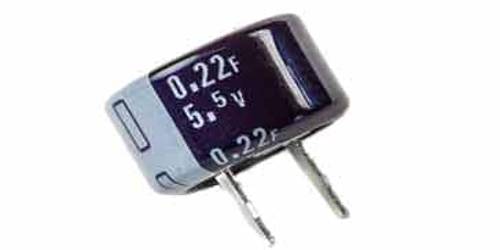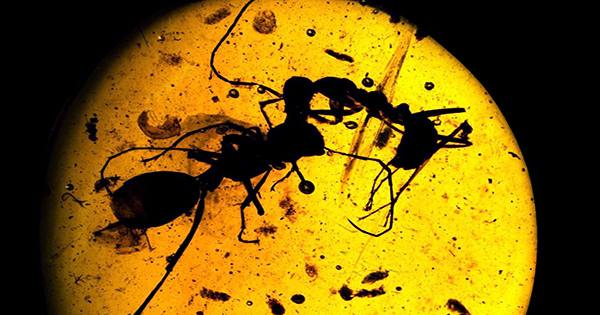Metal and other solid-material robots are already widely utilized in industry. However, they are excessively inflexible and bulky for fine motor work and human interaction, such as in nursing or medicine. Intensive research into soft robots is currently underway: inspiration from nature, such as jellyfish, earthworms, fish, or the human body, should enable “soft robots” that can move freely and adapt to their environment.
A research team from Kiel University’s Institute for Materials Science has now developed a new material system based on a hydrogel that operates similarly to a muscle. In a short period of time, the soft material can be regulated to shrink and expand. As a result, it may, for example, take over movement tasks in soft robotics. The team’s findings were recently reported in Advanced Materials.
Responsive material reacts to heat: Hydrogels, such as those used in contact lenses, have a high degree of elasticity. They are almost entirely composed of water and have mechanical qualities similar to human bodily tissue. In response to their surroundings, responsive hydrogels can shrink by up to 90%.
“Our hydrogels are thermoresponsive, meaning they respond to heat.” “They release water and thus reduce their volume above 32 °C,” explains Dr. Margarethe Hauck, one of the study’s primary authors. When the temperature falls, the hydrogel absorbs more water and returns to its original volume.

The procedure can be repeated an unlimited number of times, resulting in movement. “Basically, these hydrogels have the potential to function like a human muscle,” explains Hauck, who earned her doctorate in the graduate program “Materials for Brain.” As a result, they are appealing as actuator components in the construction of new forms of soft robots. However, before today, adjusting the volume took several weeks—far too long for most applications.
Internal channel systems transport water particularly quickly: Using diverse approaches, scientists all over the world are attempting to modify the volume of such thermoresponsive hydrogels more fast. Kiel researchers created a network of microscopic tubes within their hydrogel. “It can now be reduced and expanded much faster than before without losing stability.” On the contrary, it can exert up to 4,000% more force,” explains Lena Saure, a PhD student and first author at the Chair of Functional Nanomaterials.
“Our approach follows nature’s example,” explains Dr. Fabian Schütt, head of the study and the junior research group “Multiscale Materials Engineering” at Kiel University’s Institute of Materials Science. “Plants and animals, like humans, have networked, hierarchically structured channel systems for effective substance and fluid transport.” We can also improve the characteristics of soft materials using this method.”
Graphene coating enables electrical control: The numerous interconnecting hollow tubes of a few micrometers in diameter allow water to readily flow out of and into the hydrogel, allowing for a rapid change in volume. The tubes are also electrically conductive thanks to an extremely thin graphene coating. The researchers can now use an electric current to heat the hydrogel and control the water movement with the push of a button. “This is a crucial aspect when it comes to the practical application of such soft actuators,” Schütt explains.
As a result, the full volume shift now takes only a few hours rather than weeks. “Of course, we are working to accelerate this process even further.” Lena Saure argues that this is also achievable with a directed light beam. “This has the advantage of being very flexible because the movement can be controlled wirelessly.”
The hydrogel can be adapted for a variety of uses by the team. A change in the structure of the tubes, for example, or a higher or lower concentration of graphene, alters the reaction times or forces exerted.
Nicola Pugno, Professor of Solid State and Structural Mechanics at the University of Trento in Italy and currently a Humboldt Research Award Winner at Kiel University, evaluated how a change in material structure influences the properties of the hydrogel. The collaboration also included colleagues from the Helmholtz Centre Hereon and the Technical University of Dresden.
















